Ouaga, the Capital of Cinema (2000)
• April 29th, 2000 • 1h 0min
Documentary
Overview
Between 1983 and 1987, Ouagadougou, the capital of Burkina Faso and the home city of FESPACO, one of the most important Pan-African film festivals in the world, was the scene of an exciting cinema utopia. With the support of the young president Thomas Sankara, the festival became a symbol of the cultural renaissance of a whole continent. The assassination of Sankara stifled the hopes of millions of young Africans, but the dynamism of FESPACO and African cinema did not stop.
Make sure to check your pop-up blocker!!
Trailer
Similar Movies

The Irishman: In Conversation
Released on: 2019-11-27
Documentary
Martin Scorsese, Robert De Niro, Joe Pesci, and Al Pacino in conversation about The Irishman.
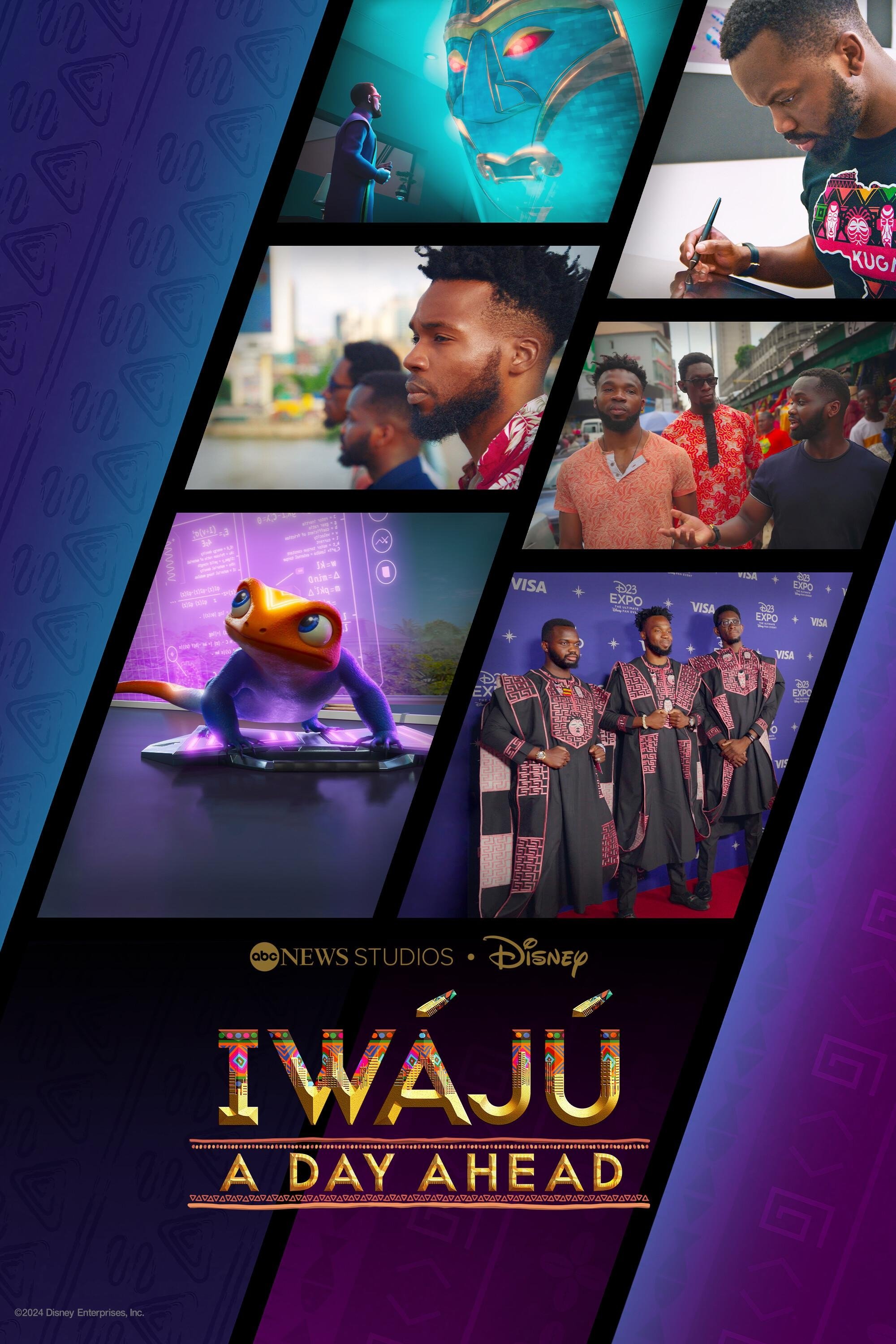
Iwájú: A Day Ahead
Released on: 2024-02-27
Documentary
Filmed across three continents, this documentary shares the story of the founders of the Pan-African...

Arabic Secret
Released on: 2017-05-31
Documentary
One who doesn't have roots won't be able to grow wings-a documentary project about a man tracking hi...
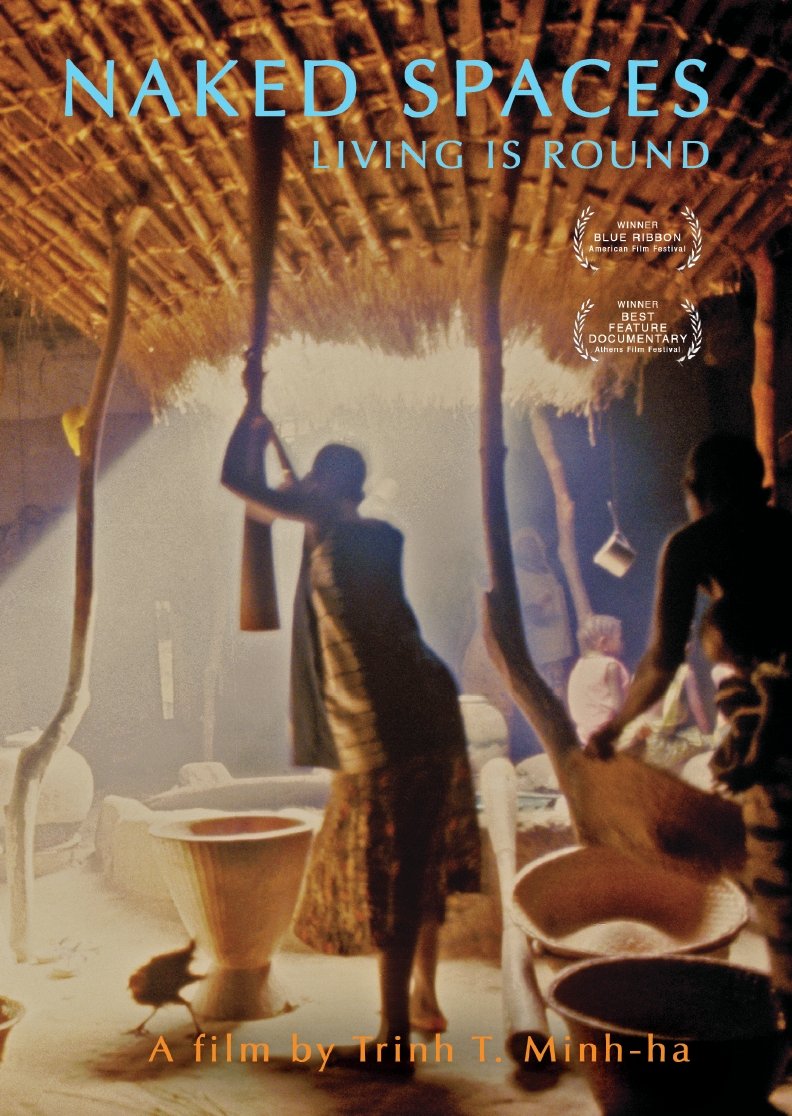
Naked Spaces: Living Is Round
Released on: 1985-10-01
Documentary
Shot with stunning elegance and clarity, NAKED SPACES explores the rhythm and ritual of life in the ...
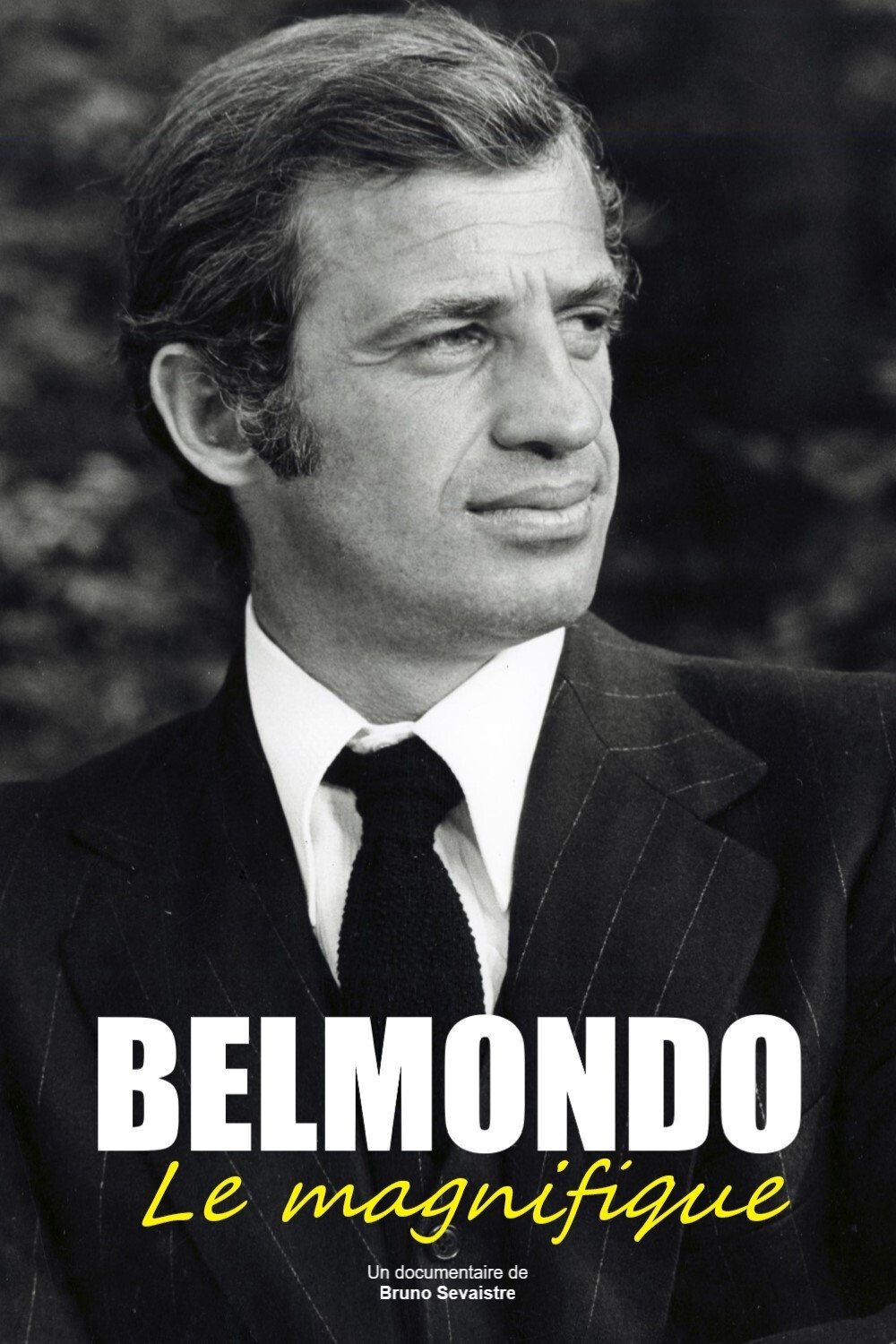
Belmondo, le magnifique
Released on: 2017-09-03
Documentary
With more than 70 films and 160 million cumulative tickets in France, Jean-Paul Belmondo is one of t...
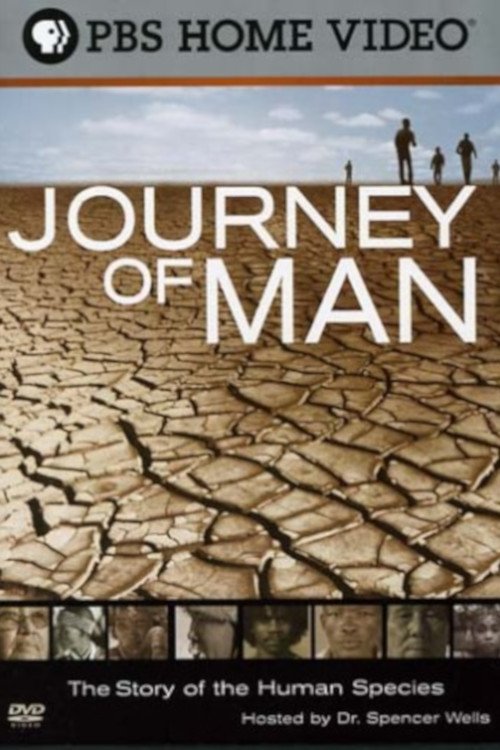
The Journey of Man: A Genetic Odyssey
Released on: 2003-01-21
Documentary
Many geneticists and archaeologists have long surmised that human life began in Africa. Dr. Spencer ...
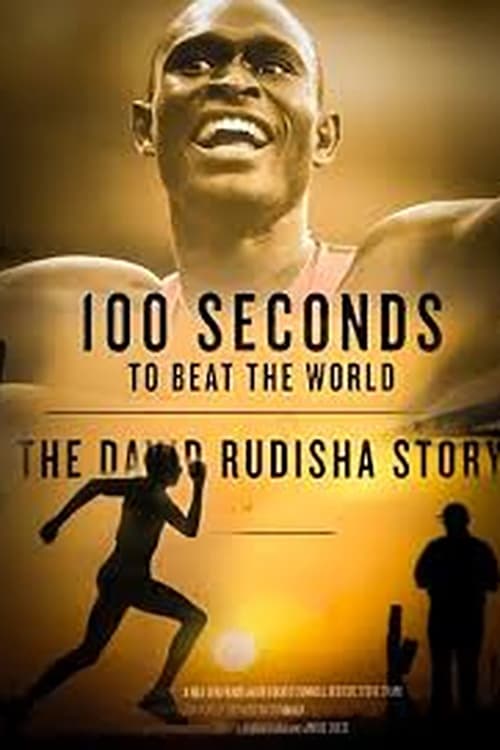
100 Seconds to Beat the World
Released on: 2014-07-22
Documentary
The story of Kenyan athlete David Rudisha, the greatest 800m runner the world has ever seen, and his...

Mariner of the Mountains
Released on: 2023-09-28
Documentary
Filmmaker Karim Aïnouz decides to take a boat, cross the Mediterranean, and embark on his first jour...
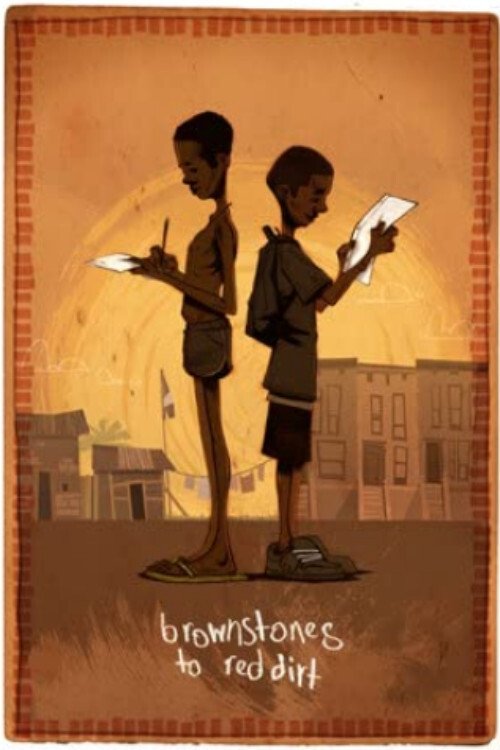
Brownstones to Red Dirt
Released on: 2010-04-13
Drama, Documentary
Kids from Brooklyn, NY housing projects try to change the world when they are paired with Sierra Leo...
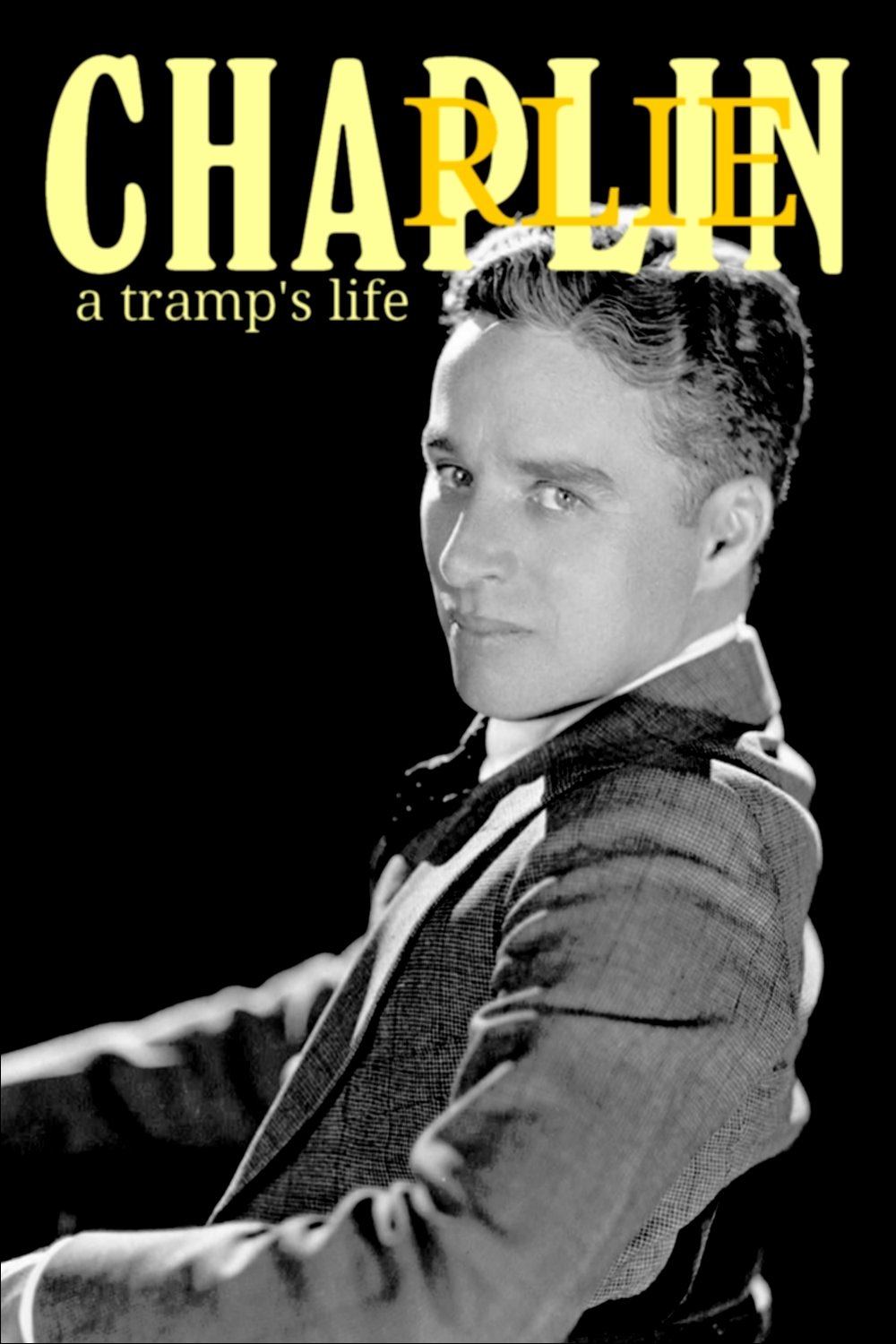
Charlie Chaplin: A Tramp's Life
Released on: 1998-05-10
Documentary, TV Movie
A biographical documentary about the great British actor and director Charlie Chaplin (1889-1977), f...
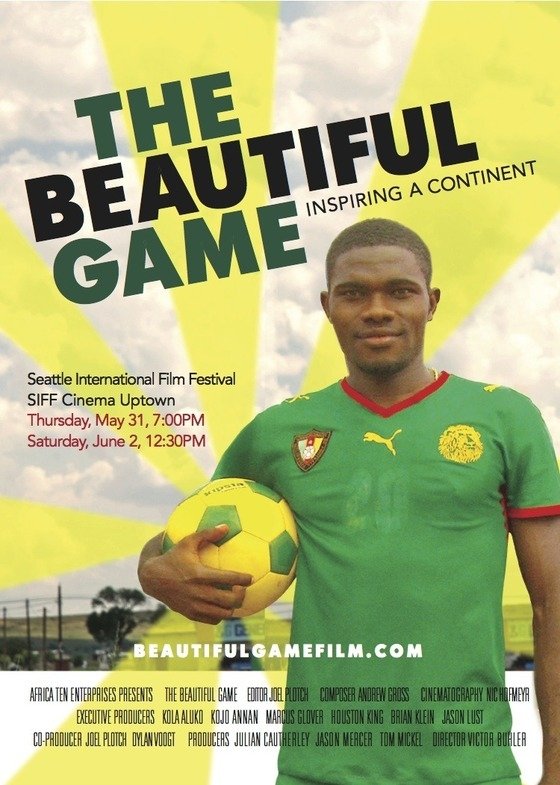
The Beautiful Game
Released on: 2012-10-04
Documentary
Across Africa, people are using soccer to lift themselves up, to create change in their communities ...

Circumcision
Released on: 1949-01-01
Documentary
Rites and operation of the circumcision of thirty Songhai children on the Niger. Material of this fi...
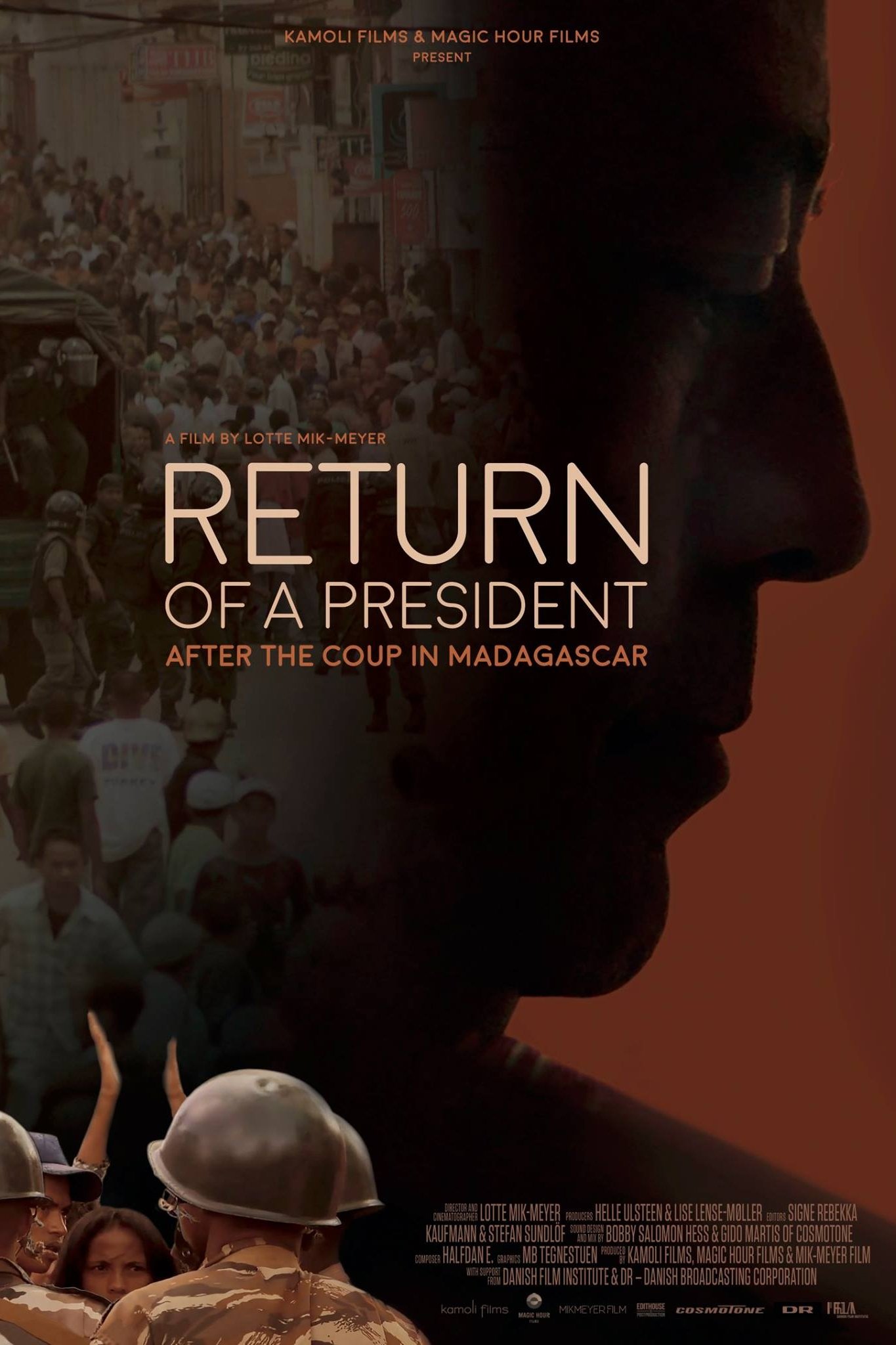
Return of a President
Released on: 2017-03-18
Documentary
In a fascinating geopolitical drama, Danish filmmaker Mik-Meyer closely follows Ravalomanana as he a...

Tin Tan
Released on: 2010-11-12
Documentary
Germán Cipriano Gómez Valdés Castillo, a young radio announcer from Cuidad Juárez, succeeds in drawi...
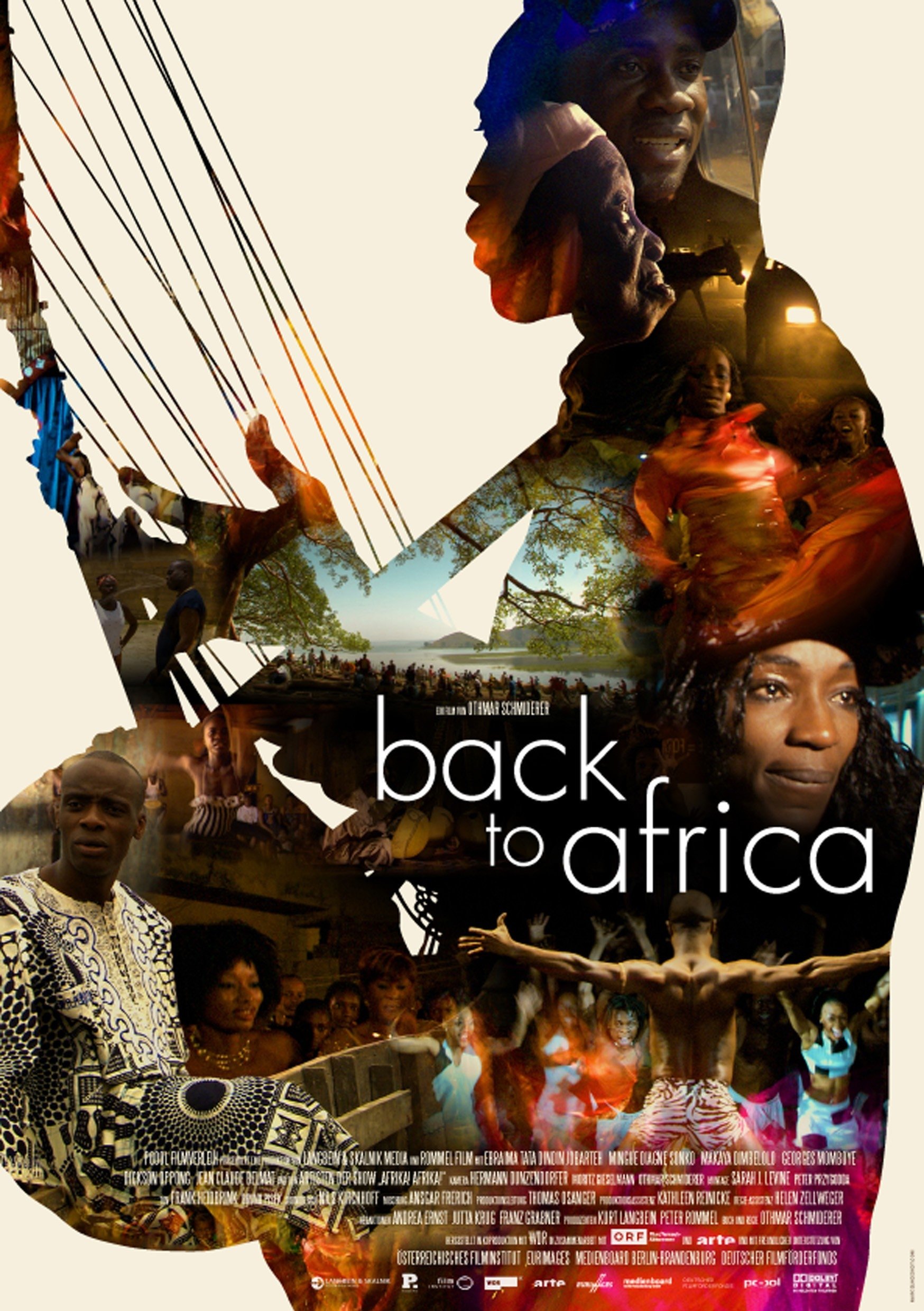
Back To Africa
Released on: 2008-04-01
Documentary
An Austrian director followed five successful African music and dance artists with his camera and fo...
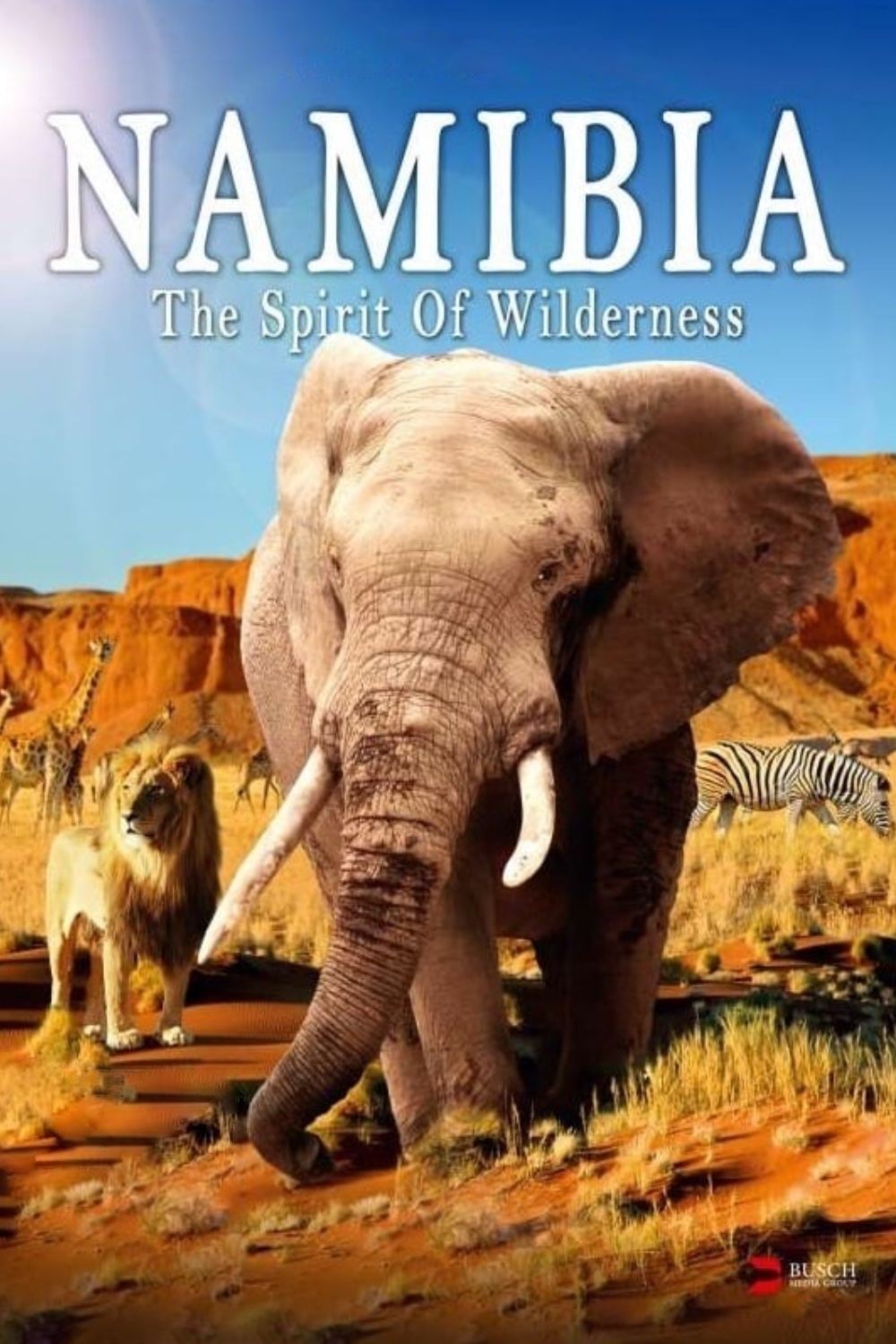
Namibia: The Spirit of Wilderness
Released on: 2016-12-19
Documentary
With more than 300 days a year, the sun dominates this country so much that it’s even shining from t...
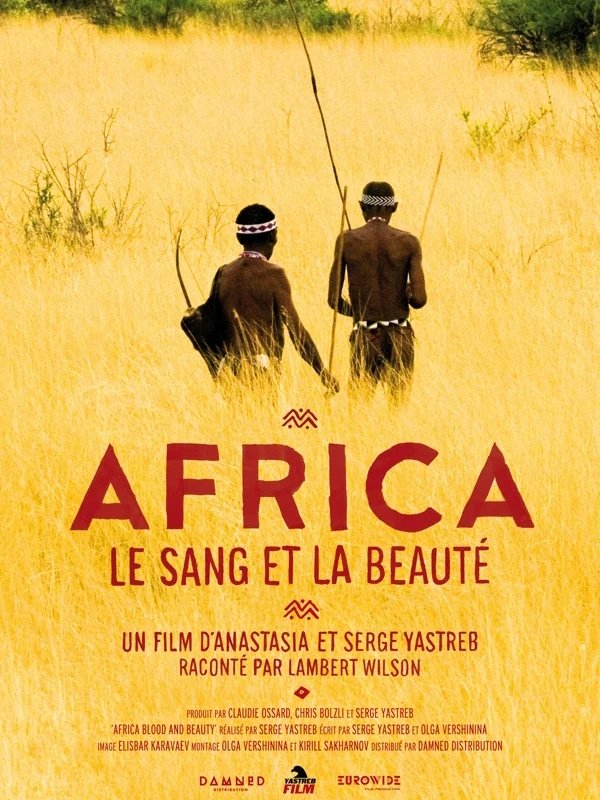
Africa, Blood & Beauty
Released on: 2012-01-04
History, Documentary
This film speaks of archaic peoples, their customs and mores, in an attempt to make the last snapsho...

Afrikanische Affen
Released on: 1936-01-01
Documentary
A study of the behavior of monkeys in the African jungle.

Comrades in Dreams
Released on: 2006-10-15
Documentary
Four lives that could not be more different and a single passion that unites them: the unconditional...
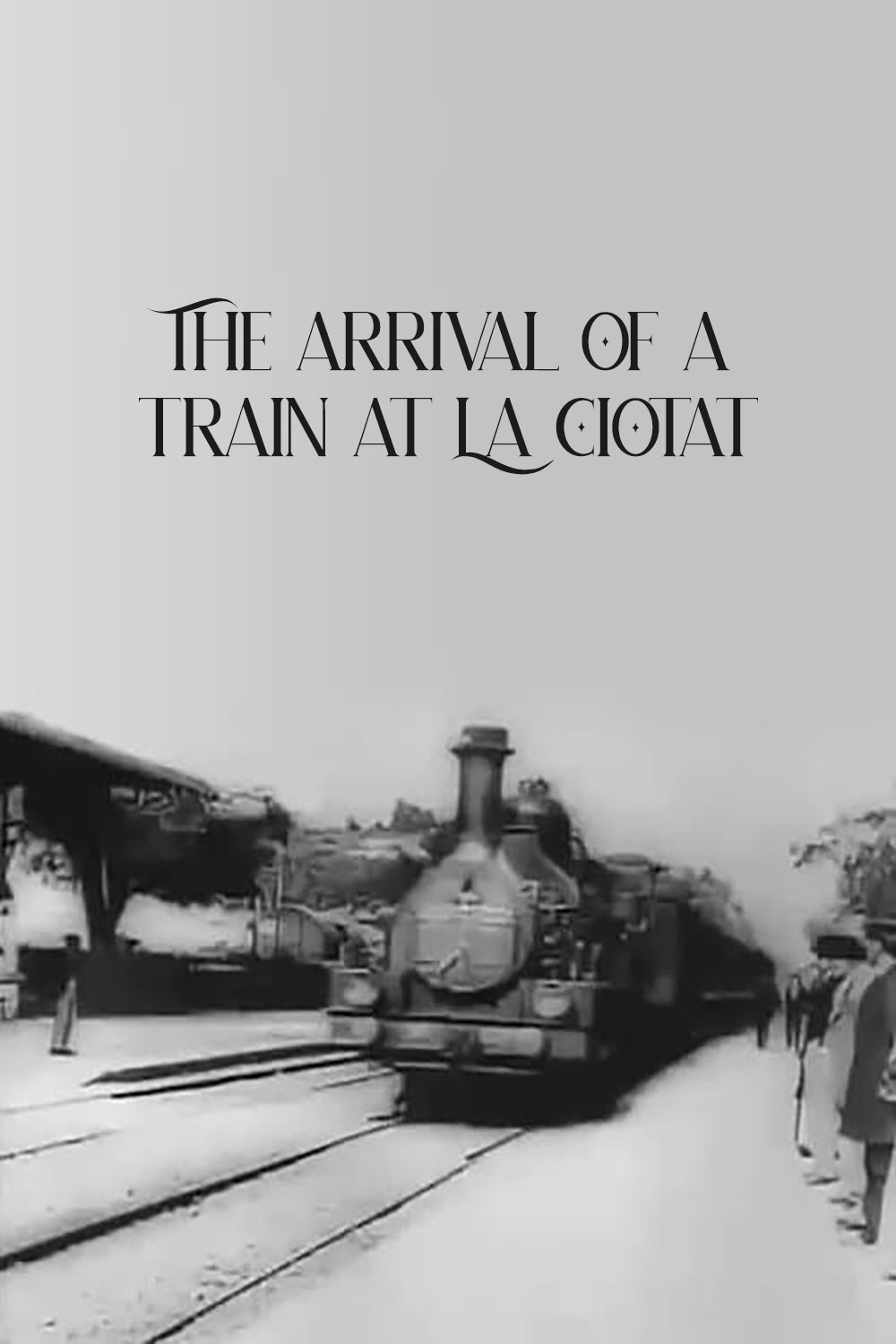
The Arrival of a Train at La Ciotat
Released on: 1896-06-30
Documentary
A group of people are standing along the platform of a railway station in La Ciotat, waiting for a t...